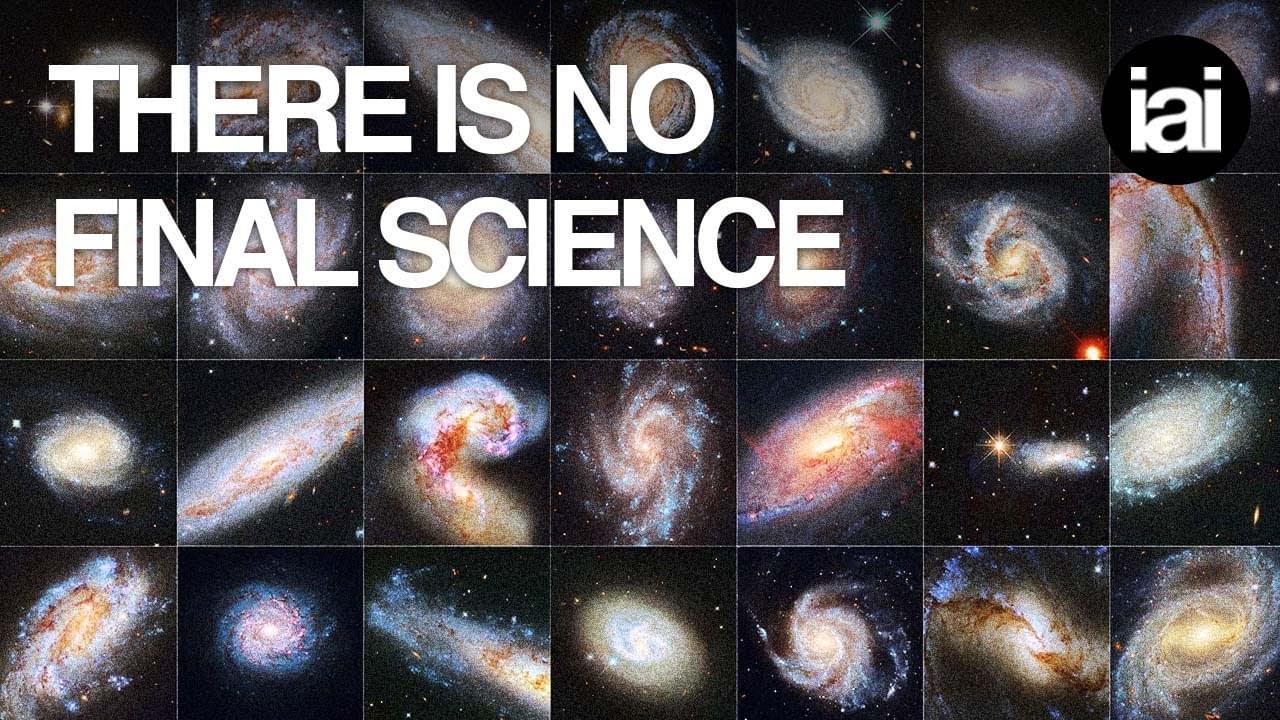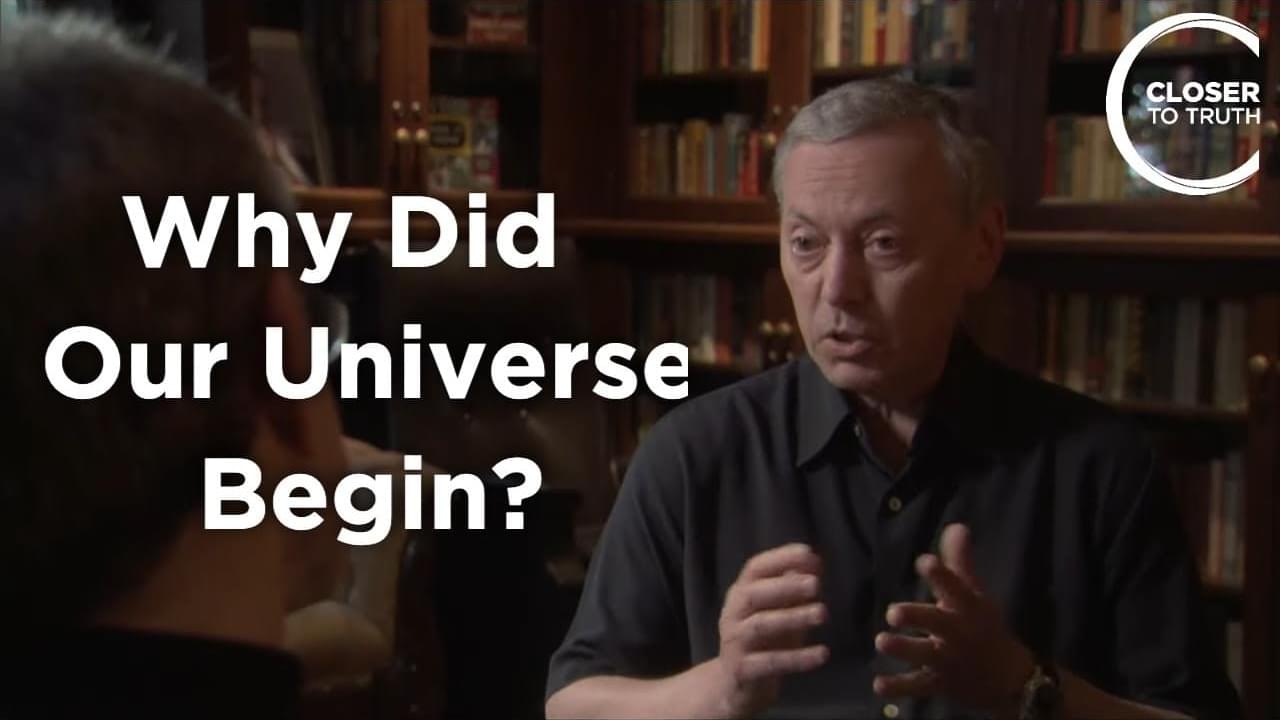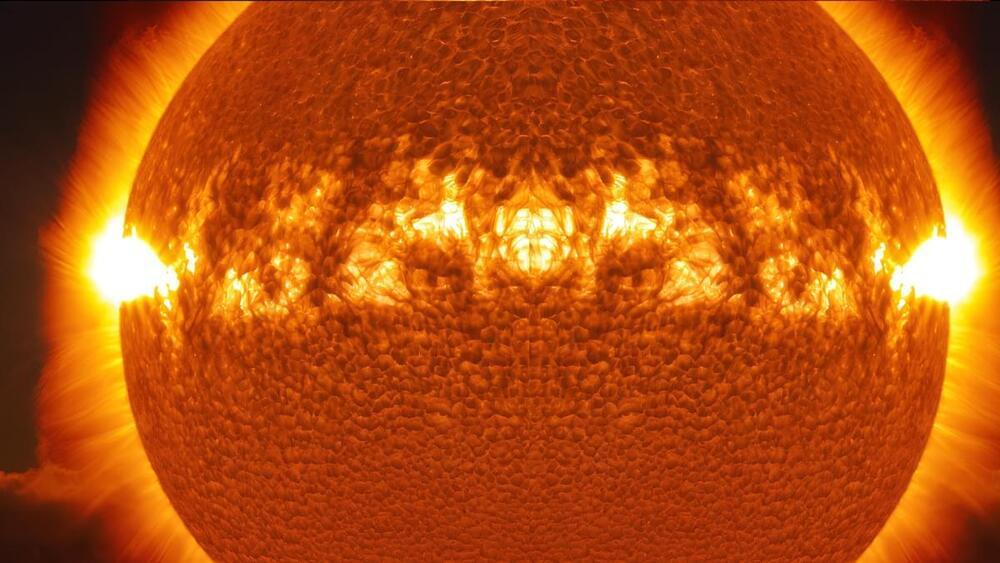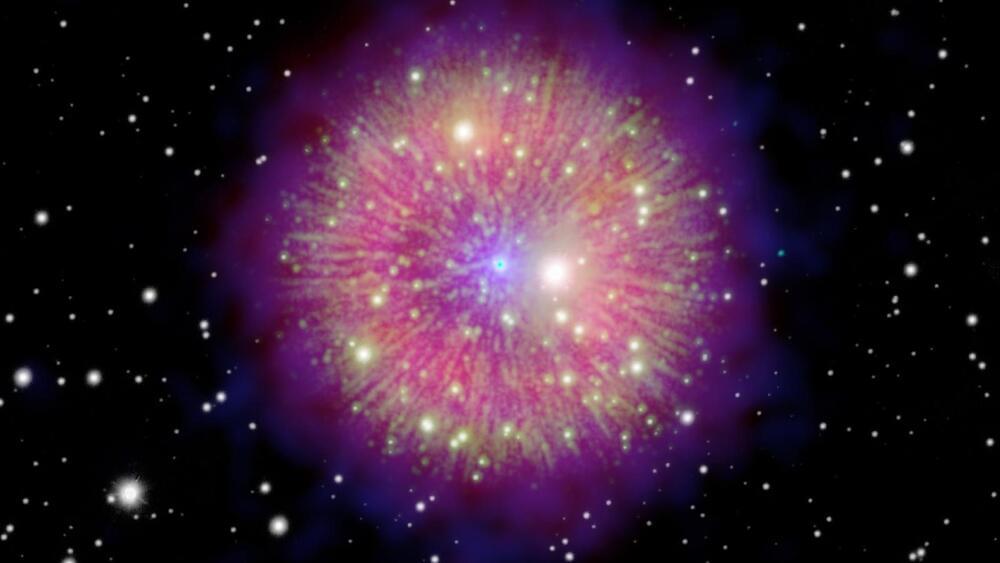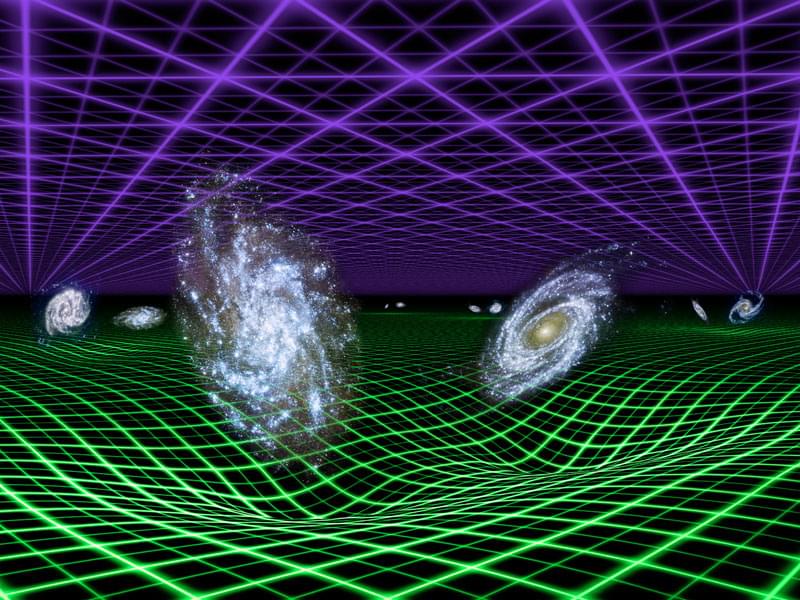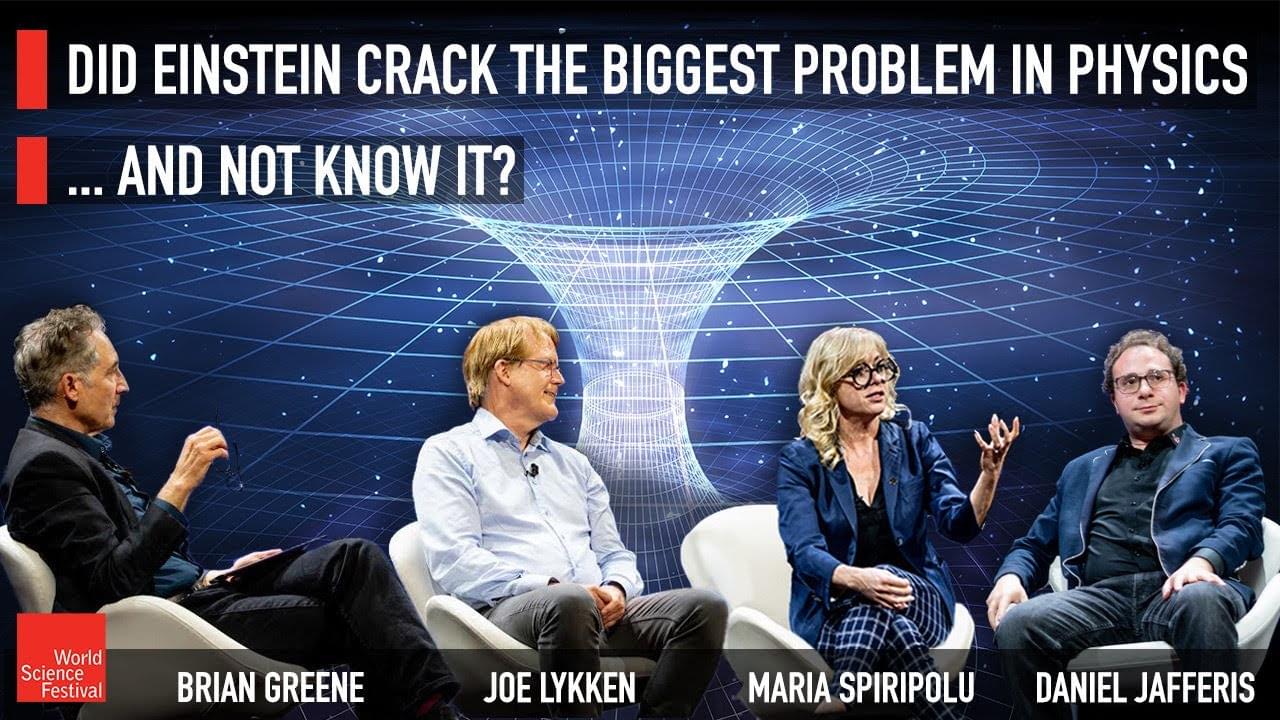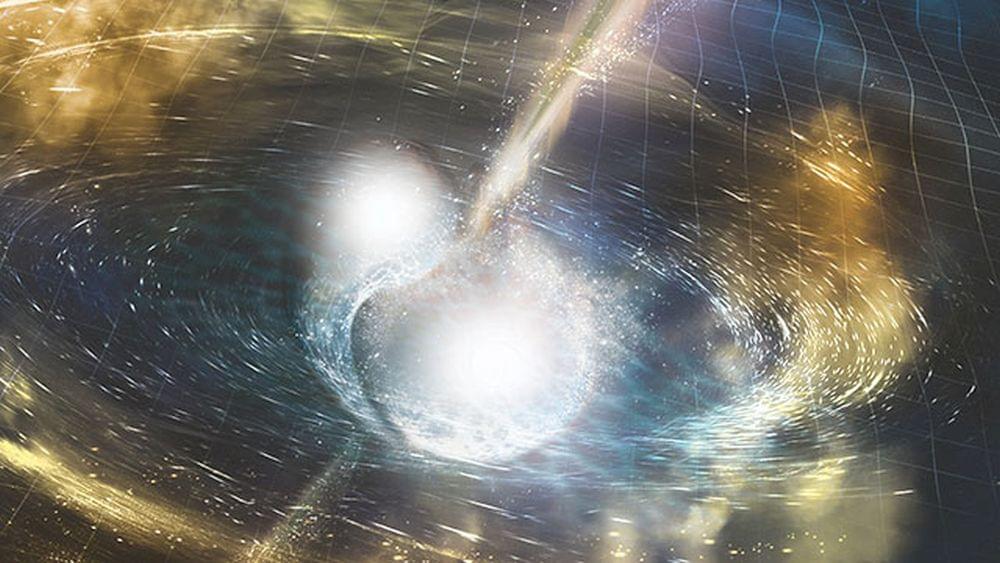
New observations reveal neutron stars paired with stars like our Sun. Astronomers have uncovered what appear to be 21 neutron stars in orbit around stars like our Sun. The discovery is surprising because it is not clear how a star that exploded winds up next to a star like our Sun.
Most stars in our universe come in pairs. While our own Sun is a loner, many stars like our Sun orbit similar stars, while a host of other exotic pairings between stars and cosmic orbs pepper the universe. Black holes, for example, are often found orbiting each other. One pairing that has proved to be quite rare is that between a Sun-like star and a type of dead star called a neutron star.
Now, astronomers led by Caltech’s Kareem El-Badry have uncovered what appear to be 21 neutron stars in orbit around stars like our Sun. Neutron stars are dense burned-out cores of massive stars that exploded. On their own, they are extremely faint and usually cannot be detected directly. But as a neutron star orbits around a Sun-like star, it tugs on its companion, causing the star to shift back and forth in the sky. Using the European Space Agency’s Gaia mission, the astronomers were able to catch these telltale wobbles to reveal a new population of dark neutron stars.
